I'm designing an antenna structure that will be embedded with a 4-layer radio circuit. The difficulty I'm facing to simulate the structure is not getting the prepreg 7628 material (fiberglass impregnated with resin) in the CST microwave studio library. It will be very much helpful If anyone gives me any solution. thanks
For reference one 4 layer stack is also added. source: https://cart.jlcpcb.com/impedance

- 21
- 4
-
Not a direct answer to your question, but from JLC go with the 3313 option (used to be 2313, both are similar) not the 7628 if you want to use for high-frequencies/high-speed signals. See [here](https://www.ieee802.org/3/100GCU/public/mar11/goergen_02b_0311.pdf) page 11-12. – Tom Carpenter Sep 28 '22 at 09:01
1 Answers
The problem with your simulation is quite a good model for real life - prepreg is a very variable material, and so there's probably little point in trying to model it exactly. It's not intended for RF work, which is why it's not in the library.
It's approximately FR4, but with a more variable glass/resin ratio, and more variable thickness when incorporated into a board.
Design your antenna with a range of FR4s that are in your library in the thickness and resin ratio range that's expected for the prepreg, and see whether you get adequate performance for them all. If you can't find the data for the prepreg, that's another indicator that it's not going to be well specified or repeatable. Although the board fab talks about controlled impedance, it's probably for high speed digital lines, which are far more tolerant than RF.
If you don't get your required performance for the range, then you would be best to avoid making the antenna across prepreg.
If you're using layers 1-2 for the antenna, then a better RF stackup is 1-core-2-prepreg-3-core-4, though it's likely to be slightly more expensive than the more common 1-prepreg-2-core-3-prepreg-4.
If you're using layers 1-3 or 1-4 for the antenna, then you have much less of a problem, as the dielectric is dominated by the core, and variation in prepreg performance is going to give you a smaller variation in the overall dielectric. You'll see that improvement in both simulation and real life.
Of course, even FR4 core is not that good at RF. If you want better performance / repeatability / agreement with simulation, then you'll use something like RO4350. This has similar Er, and can be processed like FR4, but with much tighter RF specs and better loss.
- 158,152
- 3
- 173
- 387